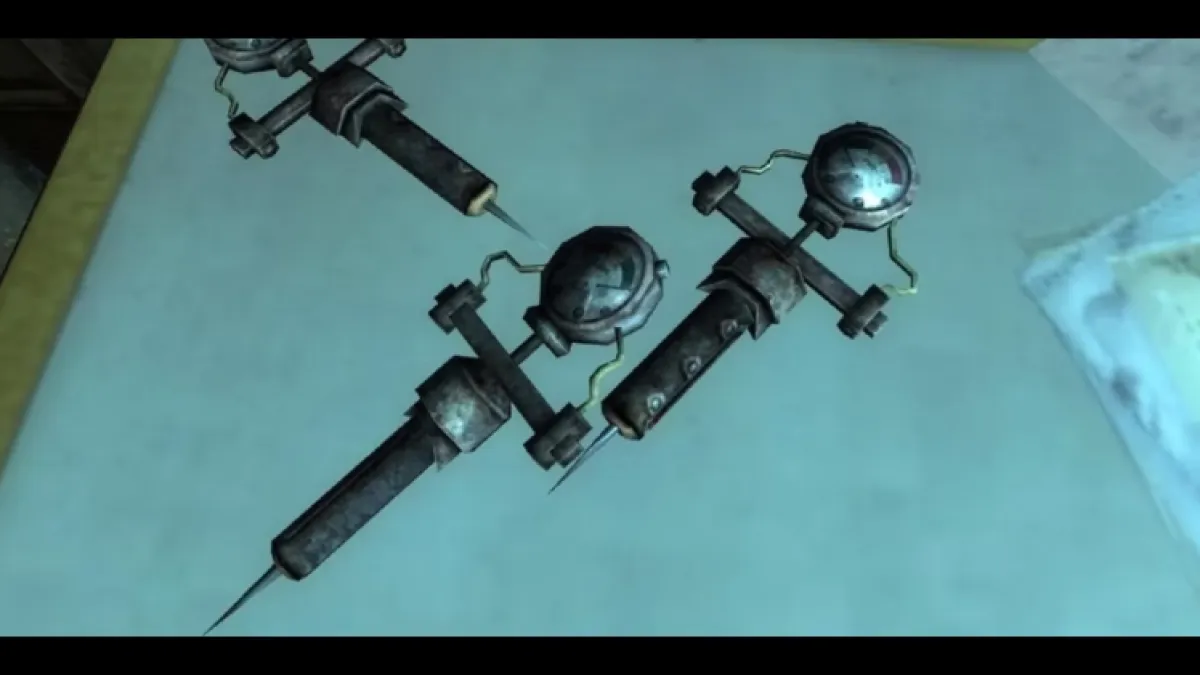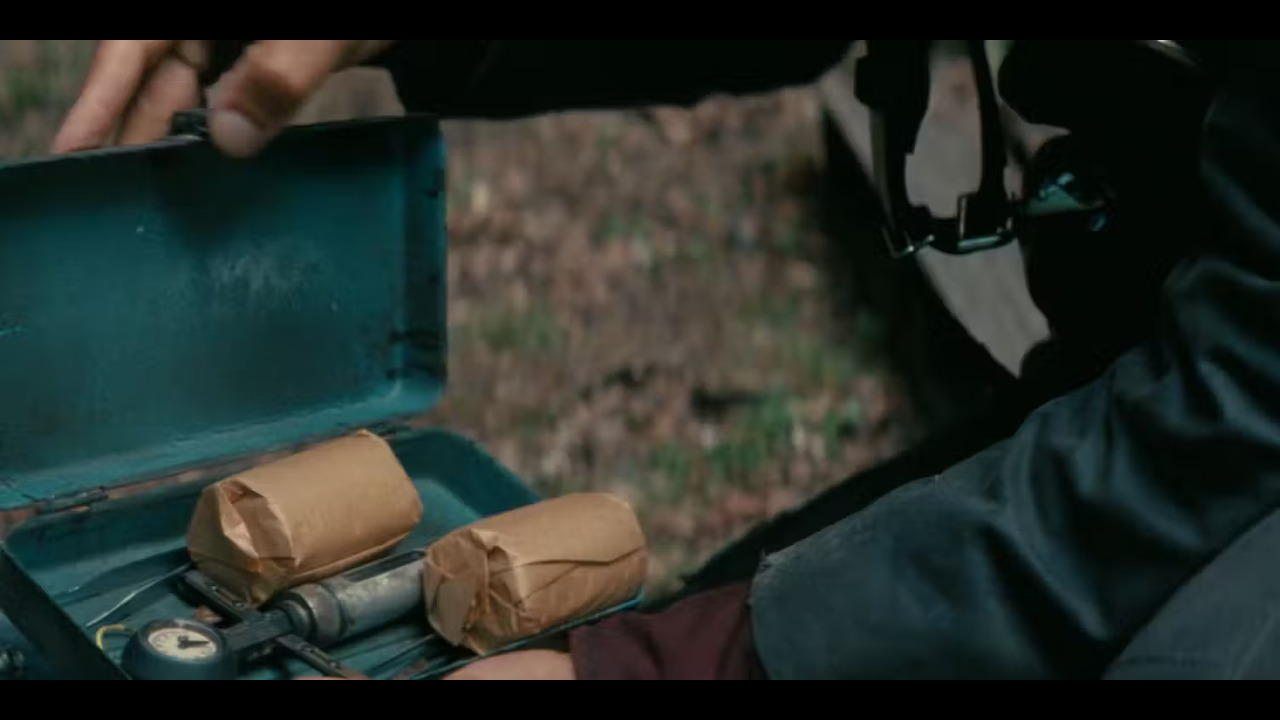I didn’t have high hopes for Amazon Prime Video’s Fallout series. Blame the long, long history of bad video game adaptations for those expectations. Yet, I walked away from its eight-episode first season astounded by how well they translated an open-world first-person RPG into a high-budget prestige streaming series. While the nature of the video game series presented the show’s creators with a chance to tell an original story set within a firmly established world packed with deep reservoirs of lore, it also presented them with the more intriguing opportunity to adapt not just the story of a video game, but the medium itself.
Light spoilers for Amazon Prime Videos’ Fallout appear below.
Adapting a medium
Fallout is not the first game-to-screen adaptation to do this, but it has quickly positioned itself at the forefront of a shift in how games are translated into other media. 2023’s Dungeons & Dragons: Honor Among Thieves did the same thing with a pen-and-paper RPG. Every character’s actions feel like an unseen player had to first consult their stats on a Cheeto-stained character sheet. You can almost hear the dice roll that determines the outcome of those choices. Every plan the characters whip up on the spot feels like it was rapidly formulated not by brilliant tacticians who understand the ins and outs of their fantasy world but by people hoping that night’s game doesn’t run too long because they have work in the morning. It feels less like an adaptation of Dungeons & Dragons, the intellectual property, and more like an adaptation of a specific D&D campaign as it was played out by a group of friends. Fallout is a similar kind of adaptation — with an extra layer added in.
Maximus, one of the show’s protagonists, feels like a player-controlled character going through a Brotherhood of Steel faction quest who isn’t too concerned with moral consistency. He often chooses the “bad” dialogue option because he rarely thinks about consequences. Just whatever seems cool and the most beneficial in the moment. It’s easy to imagine the dialogue tree at the bottom of the screen whenever he’s thinking about a response in conversation. Lucy the Vault Dweller, the show’s main character, is written similarly as if the player were roleplaying as someone who had just stepped out into a post-apocalyptic wasteland for the first time in their lives after spending her entire life in a demented version of Leave it to Beaver. The Ghoul is a straight-up bounty hunter build played by gamers just looking to kill and collect caps. Our three main characters borrow from the Honor Among Thieves player-character template. But there’s an even better example of the Fallout show’s adherence to its video game roots: Stimpaks.
The miracle of Stimpaks
When we play a Fallout game, we take Stimpaks for granted, even though they are miracles. We get loaded with bulletholes while exploring a raider hideout, but then inject a Stimpak and we’re good as new. It’s peak video game logic designed to perform a very video gamey function — to wipe the slate clean so you can continue your adventure. And that’s exactly how they work in the Fallout show.
In my recollection, there are only three times when we see what they can do. A Stimpak heals our main character Lucy after she was stabbed in the gut by a raider. Then, The Ghoul brings a dog to full health after it was on the brink of death. Later, Bo’s aspirant Thaddeus’s grotesquely mangled foot is miraculously healed before our eyes immediately after one injection. The live-action TV show is playing by the rules of the game.
This makes more sense when you realize the show is set within the Fallout game universe. When Fallout 5 comes out in roughly 40 years, it is conceivable that a player will find a log that mentions the adventures of Lucy or will overhear a tale of Knight Maximus’ heroism. As such, the items in the show world do the same things they do in the game. When Lucy gets sick from drinking irradiated water, a bag of RadAway clears it right up.

What’s fascinating is how characters in the world react to the wonderous powers of a Stimpak. They’re not jaded to the miracle they’ve just witnessed, but they’re not exactly losing their minds, as we would in our real world. We aren’t given a wide range of reactions, but from the couple we do see (especially in the case of Thaddeus, the mangled foot guy), I got the sense that Stimpacks are a normal thing that everyone is at least vaguely aware of. They’ve just never seen or experienced the miracle of Stimpaks for themselves.
The player of a Fallout game is desensitized to the effects of a Stimpak because we have to use them all the time unless we’re doing world record-breaking 100% no-hit permadeath runs. But to the average person in the Fallout universe who doesn’t have 20 of them on hand, it’s pretty cool. They’re experiencing the mild pleasure of a thing they’ve heard so much about actually working as described. “It made my obliterated foot normal again like my raider friend Trash said it would! I guess all those Chems didn’t fry Trash’s brain after all! Good Ol’Trash would never steer me wrong!”
A dime a dozen
This reaction could be due, in part, to one small but crucial change to the depiction of Stimpaks from the games to the show: rarity. Stimpaks aren’t a dime a dozen in the show, unlike in the games where you’re likely carrying enough to heal anyone who has so much as a splinter. Characters in the show don’t seem like they’re constantly finding Stimpaks in all of the abandoned lunch boxes strewn about the world. A Stimpak retains its video game function because it takes place within a video game world that is governed by video game logic, but the writers made sure not to use it too often. That would spoil the dramatic tension needed to keep things interesting. A gruesome injury won’t seem so bad if the character can whip out a Stimpak from their overflowing Stimpak satchel.
An important step in the development of any game is balancing its various abilities and power-ups. Game designers will nerf an attack or an item so it doesn’t disrupt the delicate balance of the myriad systems they’ve spent years developing. That’s what Fallout’s showrunners had to do to ensure that every violent encounter has meaning. Death doesn’t mean much in most video games. So, Fallout’s showrunners had to power balance the Fallout universe for the television medium to emphasize the dangers of a post-apocalyptic wasteland. They are, in a small way, making their own Fallout game, and theirs is always in Survival mode.


